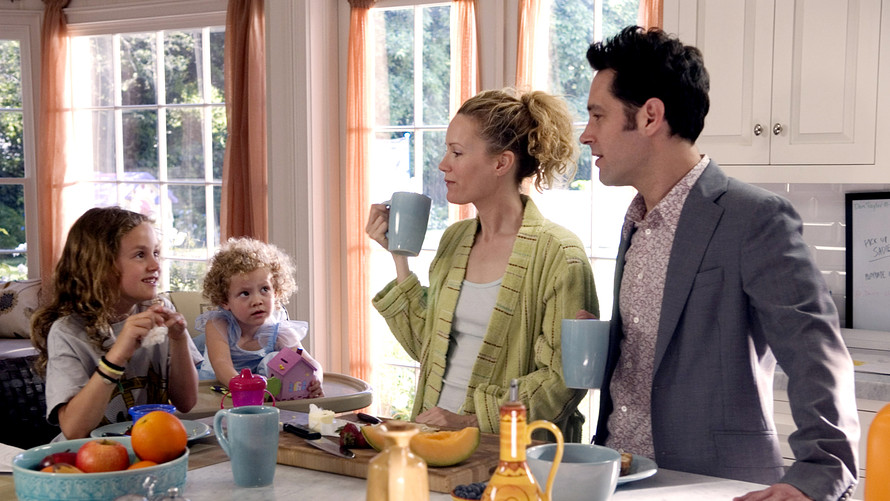
U.S. Household Size Reaches New High, You Won’t Believe the Astonishing Reason Behind It

Multiple outlets have come out with the story that millennials aren’t in a hurry to get married, and if you are one yourself, you must relate. Why then, is the size of the American household on the rise? This is something that last happened over a century ago, and with the current landscape in the States, it can’t go unnoticed.

Millennials are in no hurry to get married
As it turns out, millennials are also responsible for the rise. With the tough economic times, most of them can’t afford to live alone. Instead, they choose to live in groups of whatever multiples that suit them. No wonder you see roommate advertisements left, right, and center. Pooling resources translates into an improved standard of living for all parties involved, doesn’t it?
A Change at Last
The household size in the United States decreased to 2.58 people (from 5.79) between 1790 and 2010, as census data reveals. However, the trend changed in 2018 when an increase ( to 2.63 people in each household) was recorded for the first time in 169 years. The Pew Research Center carried out the analysis, noting down their findings.
And although data showed the increase in diverse age groups, the bulk of it was in individuals aged at least 35. According to the American Psychological Association, millennials are people born between 1981 and 1996, making 35-year-olds fall squarely in this bracket.
As Richard Fry, one of the researchers opines, the previous decline was due to a marked decrease in the number of kids families were having, in addition to fewer households living with members of their extended family.
As for the uptick, Fry reveals that multigenerational households in the United States have increased to 20% in 2016 from 12% in 1980, translating to more people living under the same roof.

The Great Recession left many Americans sharing homes
The researcher also points to the Great Recession that left multiple Americans sharing homes, either with their parents or with outsourced roommates. Between 2007 and 2019, Fry says that shared households have shown an increase of 3%.
Older Millennials Had it Rough
He admits that the difficult economic times were especially hard on older millennials, seeing as they had to contend with student loans, wage stagnation, and an increased cost of living. Trends in the housing market weren’t doing them any favors either, making the American dream seem like a figment of their imagination.
The Pew report supports previously existing material on the same, with The Atlantic’s Allie Volpe having already reported on the increase of the number of Americans with roommates in the 18-34 age bracket.
Country Financial had also released a statement revealing that a significant portion of millennials still live under their parents’ roof, with the actual figure being around 35%. Although the size of the American household was not their main concern, their statement supports findings reported by the research center.

35% of millennials still live with their parents
Communal living has also been on the rise in major urban centers such as San Francisco and the Big Apple, and the Business Insider reports that living as a group is becoming more of a necessity than an option for the American youth.
House rent and other related expenses are quickly becoming the very definition of “a problem shared is a problem half solved.”
More in financial advisor
-
`
Amazon’s $4 Billion Investment in Anthropic
In a move highlighting the intensifying battle in the tech industry, Amazon recently announced its substantial investment of up to $4...
November 24, 2023 -
`
Is the Future of Shopping Cashless?
The way we shop has significantly transformed in recent years, thanks to the rise of cashless payments. Traditional methods of exchanging...
November 18, 2023 -
`
Jeff Bezos and Lauren Sánchez’s $500 Million Superyacht
Set your course for a journey into the world of maritime magnificence as we unveil the $500 million superyacht belonging to...
November 11, 2023 -
`
Unlocking True Sustainability in Business and Finance
In the race towards a greener future, businesses and financial institutions have been progressing at a snail’s pace despite their public...
November 5, 2023 -
`
The Business of FaZe Clan
In the ever-evolving landscape of professional gaming and esports, few names have left as indelible a mark as FaZe Clan. Established...
October 26, 2023 -
`
7 Benefits of Shopping Sustainably
In a world that’s becoming increasingly aware of the environmental crisis, sustainable shopping has emerged as a powerful tool for individuals...
October 17, 2023 -
`
How the U.K. Became the Supercar Capital of the World
Picture the narrow streets of Milan with the roar of a Lamborghini passing by or the Autobahn with a Porsche zipping...
October 13, 2023 -
`
Fidelity’s Guide to Retirement: How to Join the Millionaire Club
Picture this: You are lounging on a yacht, the sun’s warm rays are making the turquoise waters shimmer. And the best...
October 6, 2023 -
`
Unlocking Opportunities in the Age of Automation
The world is on the brink of a robotic revolution, and it’s not just about the machines taking over. Companies pioneering...
September 28, 2023















You must be logged in to post a comment Login